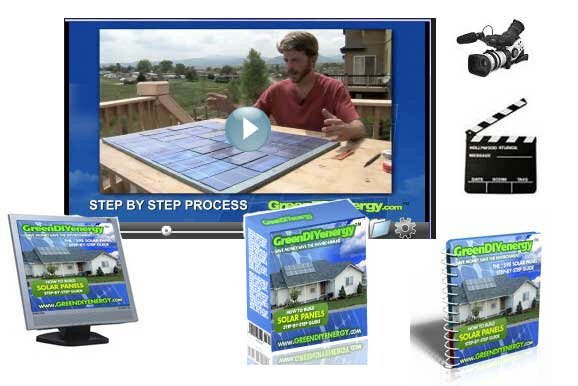If you are making your own DIY home solar power system, one of the key component is the charge controller.
What does a charge controller do?
In essence it is a regulator of the energy coming from the solar panel. It is a customizable unit that regulates the flow of energy to the battery and determines how much energy is being pulled from the batteries at nighttime or in cloudy weather.
Connecting To The Solar Module
Last month, I did a blog post on how to build a DIY solar panel for under $100. As you can see from the post, constructing an inexpensive solar panel is possible if you are willing to spend the time to source for inexpensive Photovoltaic (PV) cell.
Now that you have to solar panel, what’s next?
The next step is to hook it up to the charge controller.
If you are planning to keep your budget down, check out the versatile and yet inexpensive charge controller from Sunsei, the CC 25000.
Sunsei CC-25000 Charge Controller Review
Firstly, the CC-25000 is designed for 12 volts to 24 volts battery bank. It is perfect for a conventional DIY solar panel which produces 18 volts of electricity under a clear sunny day.
The unit functional temperature ranges between -40 to 50” Celsius. (-40 to 122 degree Fahrenheit). It is pretty durable which means the unit will function properly either in winter or summer time.
Size wise, Sunsei CC-25000 is relatively small. Its dimension is 3.1” x 3.9” x 1.3” and the entire unit weights only 0.4 lbs. You can mount it on a panel or on a dry wall.
Best of all, the CC-25000 charge controller comes with 2 years manufacturer warranty.
One of the ways to reduce your home solar system Return On Investment (ROI) time is to have a good manufacturer warranty on all the components. In case the parts are faulty, you do not incur additional cost.
How much does the Sunsei CC-25000 charge controller cost? If you were to buy it from Amazon.com, you can get it for only $79.99 inclusive of shipping.
If you are looking for a reliable and inexpensive charge controller for your DIY solar panel, get the CC 25000 from Sunsei. It will worth your investment.
